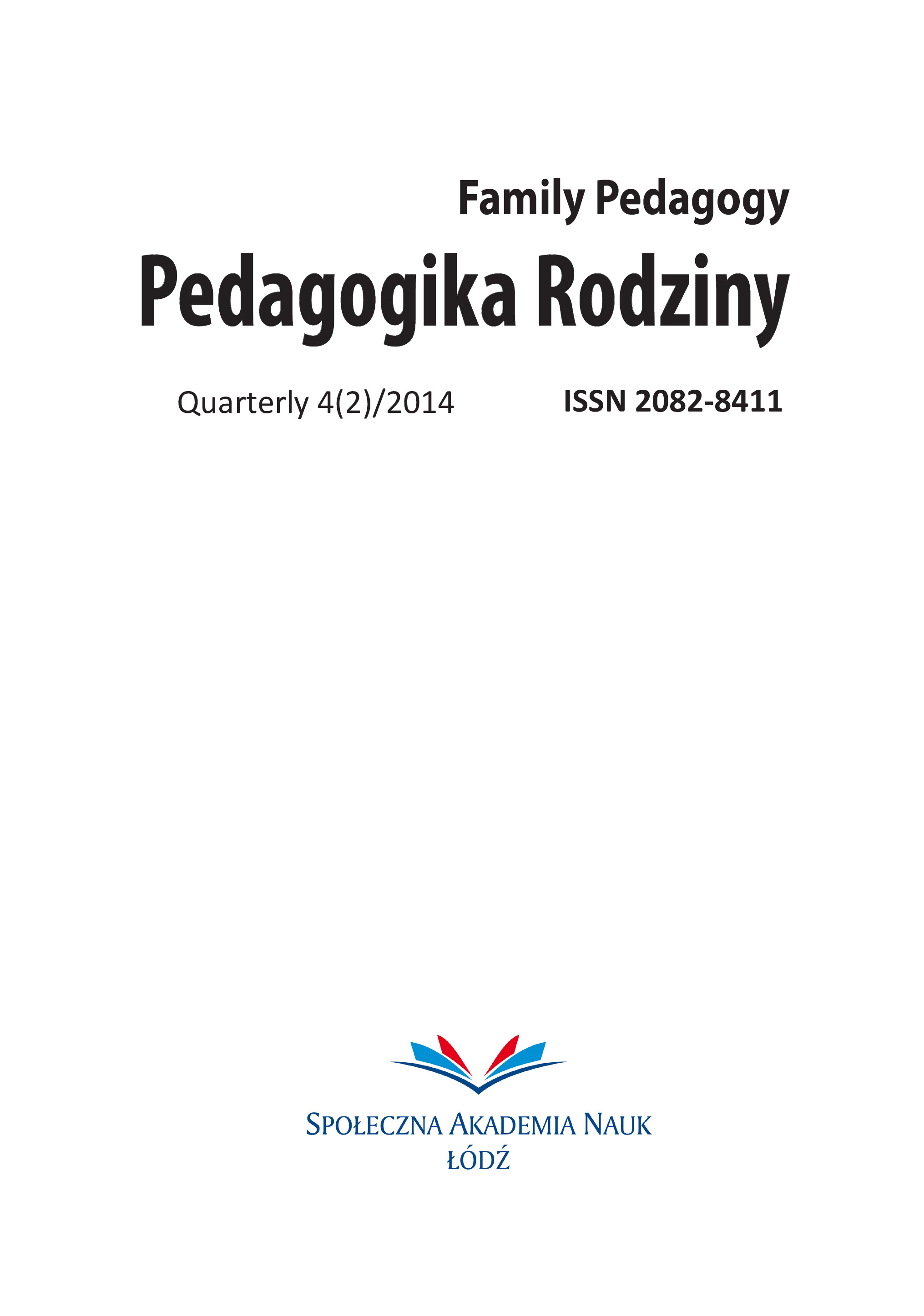The therapeutic and educational properties of fairytale therapy in the early stages of children’s development
The therapeutic and educational properties of fairytale therapy in the early stages of children’s development
Author(s): Marek Jan KuciapińskiSubject(s): Social Sciences, Education, Fine Arts / Performing Arts, Sociology of Art
Published by: Społeczna Akademia Nauk
Keywords: art therapy; fairytale therapy; bibliotherapy; educational and therapeutic agent; prophylaxis
Summary/Abstract: Literature builds children’s personal resources. It not only confers knowledge, but also helps to know other ways of thinking and acting. It shows patterns of behaviour that give considerable support in emotionally difficult situation; compensates for any deficiencies; relaxes releasing a good mood. Such an approach to the role of literature shows that the influence on a child using a variety of psychological mechanisms, mainly imitation and identification plays an essential role in the therapy and prophylaxis. Fables, fairy tales (these two concepts often used interchangeably) build a lot of bridges to the art of imagination, to other people and to each other. Therefore, knowing their role is not only interesting but also necessary. Fairy tales are therapeutic means for independent and creative way to cope with the world. They are an excellent way to build relationships between parents and children. They allow to establish a closer contact with a toddler, understand its situation, emotions and a way of looking at the world. Thus, a treatment by fairy tales is one of the best methods to reach the child’s understanding of its problems and provide support in difficult times. The main purpose of the following article is to show how great and educational value of literature is in the life of children; how it can be used to help a child overcome his difficulties. It presents the fairy tale not only as a factor in developing imagination, raising an interest in reading, satisfying curiosity and transmitting moral values providing many emotions, but also as a therapeutic agent.
Journal: Pedagogika Rodziny
- Issue Year: 4/2014
- Issue No: 2
- Page Range: 77-93
- Page Count: 17
- Language: English

